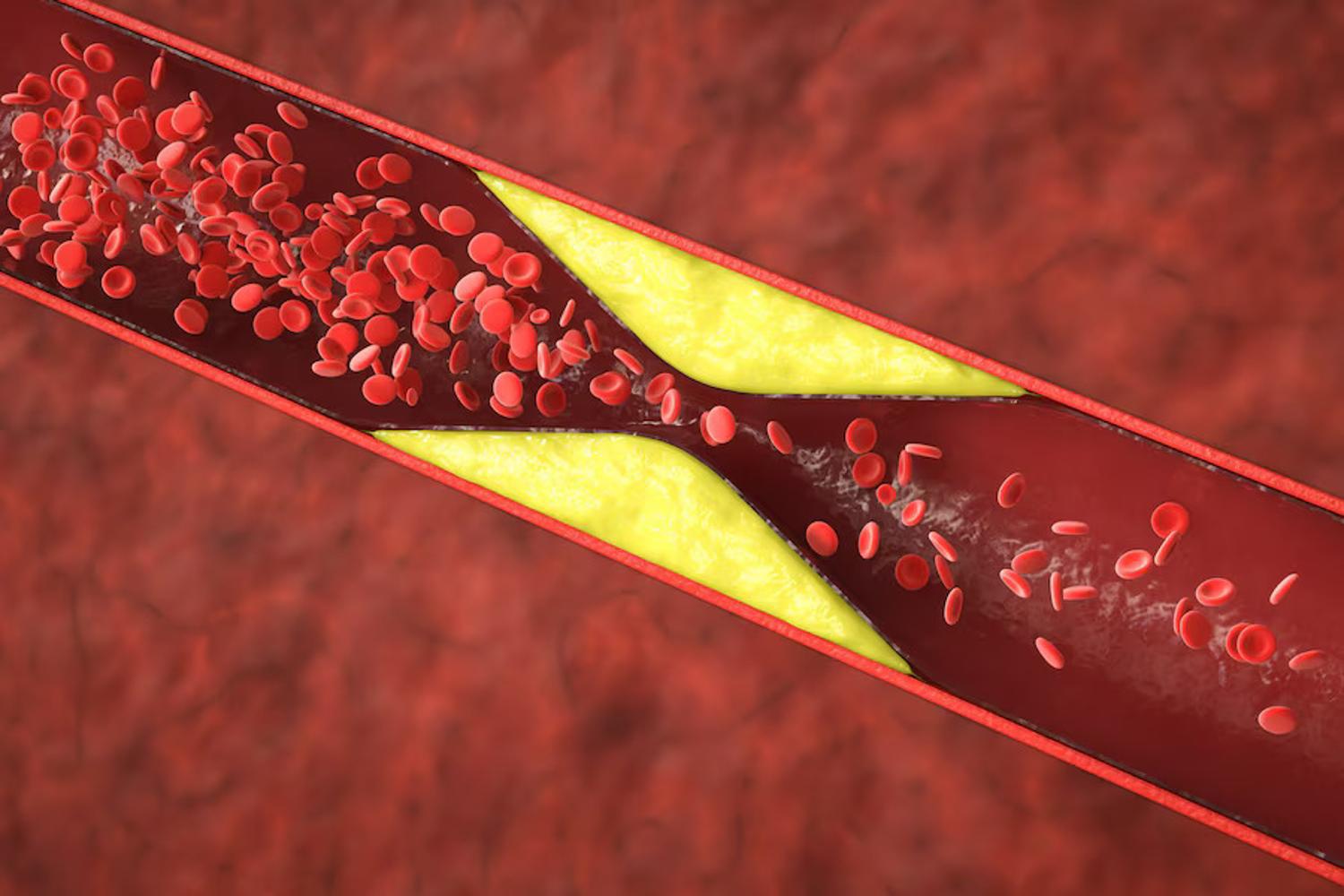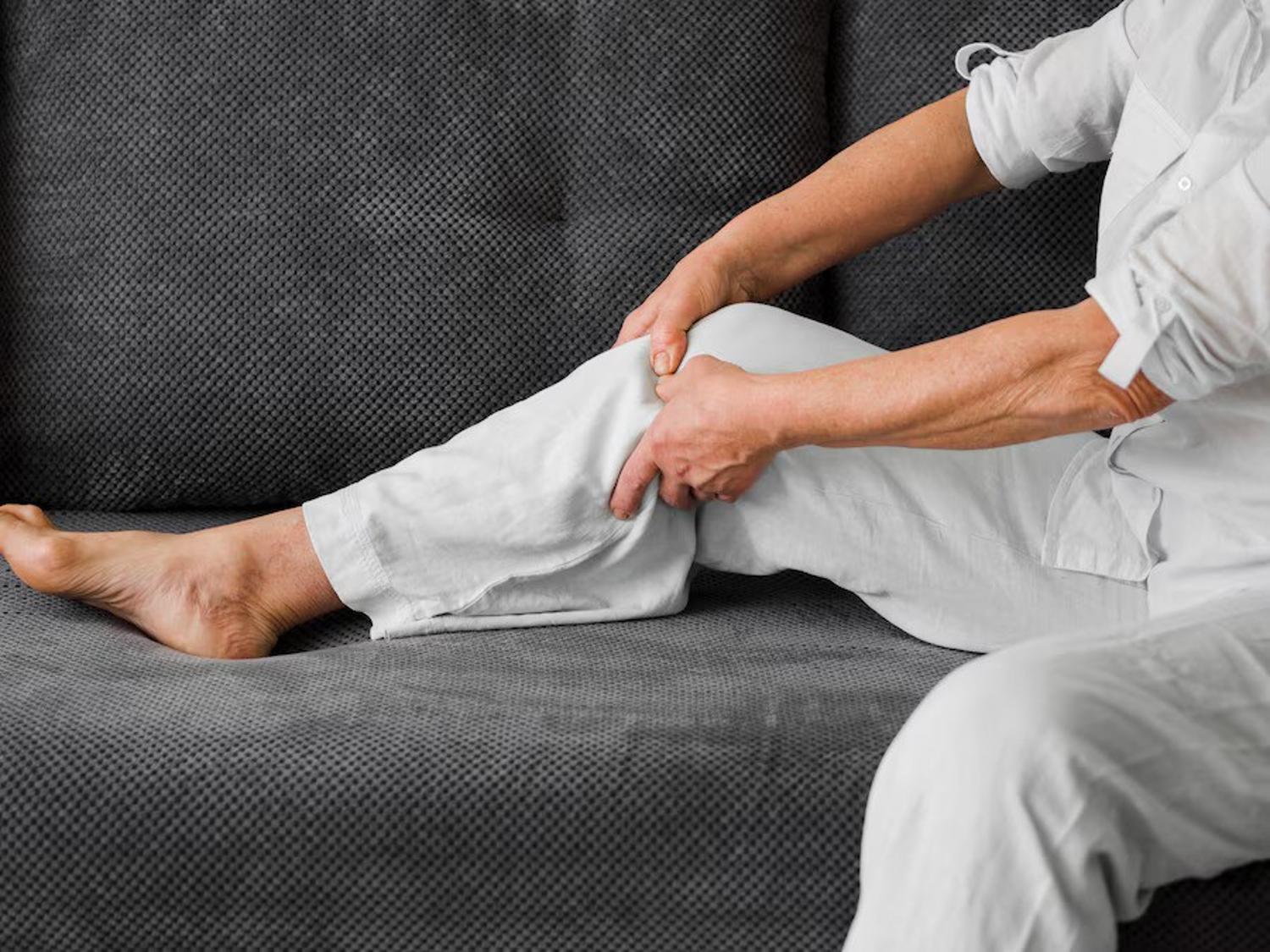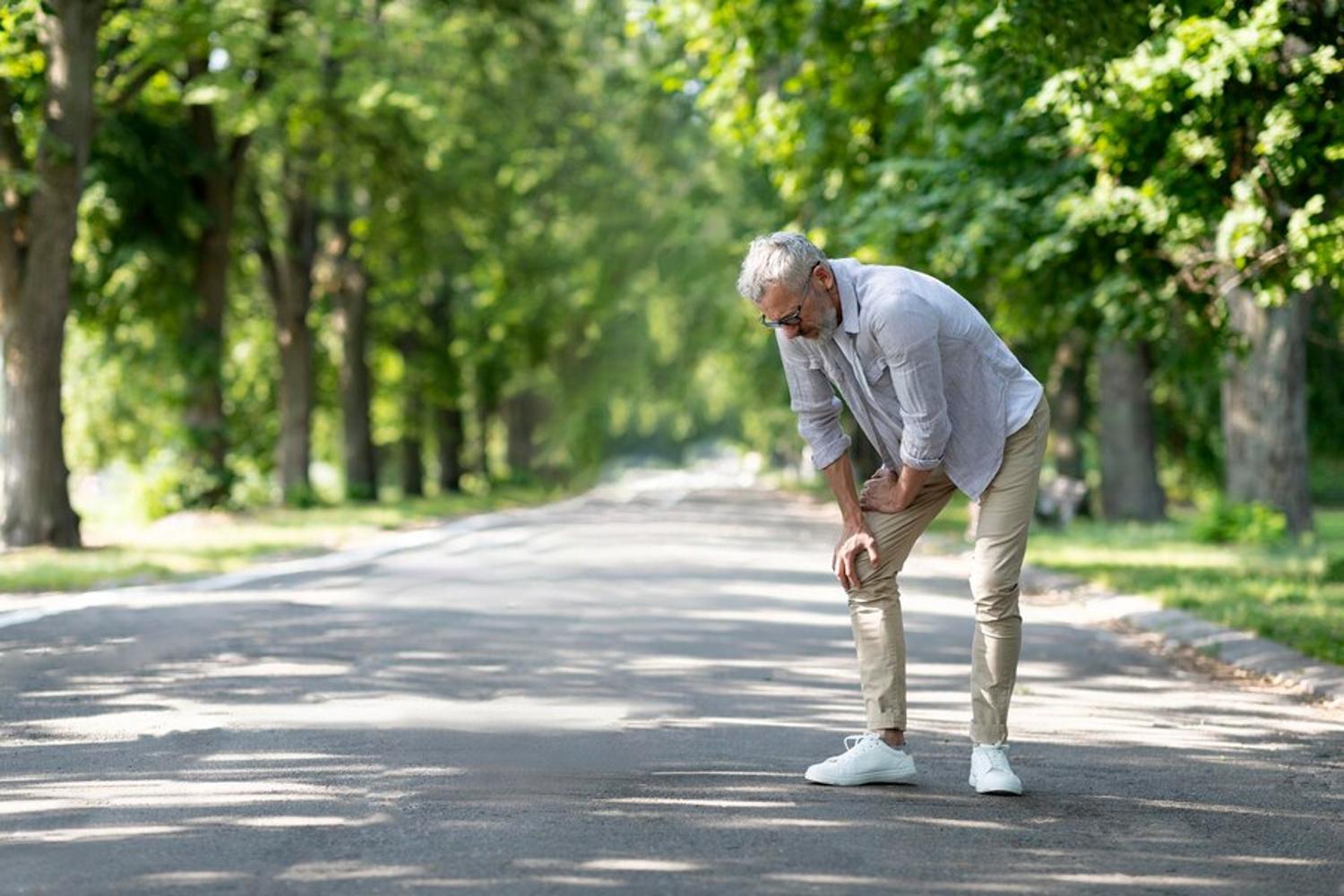Poor circulation affects millions of people in the United States and around the world. There are several causes of poor circulation, as well as many medications to help combat the negative side effects.
However, a new study shows that a natural, safe, and affordable supplement can significantly improve the lives of those living with poor circulation. And it can be found on almost every pharmacy or supermarket shelf.
What Is Poor Circulation?

Poor circulation, or peripheral arterial disease as it’s called in the medical profession, is a condition in which narrowed blood vessels reduce blood flow to the extremities.
The blood vessels narrow when plaque builds up along the walls or clots form, which then obstructs the rate at which blood can flow, limiting oxygen in the limbs.
What Causes Poor Circulation?

Poor circulation can be caused by a wide variety of existing physical ailments and conditions, as well as genetic makeup and lifestyle choices.
These causes include but are not limited to obesity, old age, diabetes, smoking, high blood pressure, varicose veins, blood clots, and high cholesterol.
Poor Circulation Can Be Extremely Dangerous and Even Fatal

When patients first develop poor circulation, they may only notice numbness or discomfort in the legs or feet. But if left unattended, poor circulation can eventually cause extreme pain in the limbs and even lead to amputation or death.
To combat the symptoms, protect the legs from amputation, and ensure the patient stays both comfortable and happy, most doctors prescribe a variety of medications to those experiencing poor circulation.
The Most Common Medications for Poor Circulation

Most patients are prescribed a combination of medications for the condition, such as aspirin to thin the blood and reduce the risk of clots, pentoxifylline to improve blood flow and reduce cramping, herpain, losartan, and various other beta blockers.
However, many patients still report pain in their legs, especially when walking, even while taking these medicines.
The Supplement Study

Researchers at the University of Florida and Northwestern University collaborated to test a theory. They believed that nicotinamide riboside, a form of vitamin B3, could help people living with poor circulation, specifically to decrease pain when walking.
The study followed 90 people, with an average age of 71, who were living with peripheral artery disease. One group was given the vitamin consistently for six months, while the others took a placebo.
The Results of the Vitamin B3 Study

At the start of the study, researchers asked all 90 subjects to walk for six minutes, and they measured how far they were able to travel at that time.
Then, after six months, they conducted the exact same test, and they found that the subjects who took the supplement walked an average of 23 more feet in six minutes than they had at the start of the study. Additionally, those who consumed the placebo walked 34 feet less than they had six months prior.
Those Who Took More Than 75% of Their Pills Added 100 Feet

Of course, the study’s researchers were thrilled that their theory had been proven correct. However, they also noted that many of those who took the supplements and performed better on the second test took less than 75% of the pills they were given.
The results were even more dramatic among the subjects who reported taking at least 75% of the supplements they were given – this group added, on average, 100 feet to their six-minute walk.
Health Benefits of Vitamin B3

Vitamin B3 is well-known in the medical field for the wide variety of benefits it can offer the human body.
This supplement can increase cellular energy production, improve brain function, support healthy metabolic function, ensure normal liver function, fight fatigue, increase endurance, and even combat aging.
How Does Vitamin B3 Help People With Poor Circulation?

Specifically, this study found that the nicotinamide riboside in Vitamin B3 reduced inflammation in the blood vessels, which led to better circulation and, consequently, less leg pain.
Additionally, they believe that the supplement was able to decrease the subjects’ fatigue and increase their endurance, both of which improved their walking distances.
Vitamin B3 Could Help Millions With Poor Circulation Stay Active and Healthy

One of the most detrimental side effects of poor circulation is the leg pain, and more specifically, that the pain can make it extremely challenging for patients to exercise, let alone walk.
Without proper exercise, the body becomes increasingly unhealthy; other existing conditions can worsen, and new physical ailments can develop. Therefore, the idea that Vitamin B3 could help millions of people with poor circulation stay on their feet for longer periods of time could actually save lives.
Before You Add Vitamin B3 to Your Diet, Speak With Your Doctor

Even though this study is exceptionally exciting as it could provide an affordable, safe, and natural way for millions of people to manage their pain caused by poor circulation and live longer and happier lives, that doesn’t mean you should go out and buy Vitamin B3 right now.
As with any medication, supplemental or none, it’s exceptionally important that you speak with your doctor first. They will be able to tell you if Vitamin B3 is the right choice for you.








































